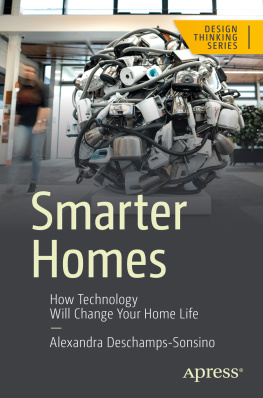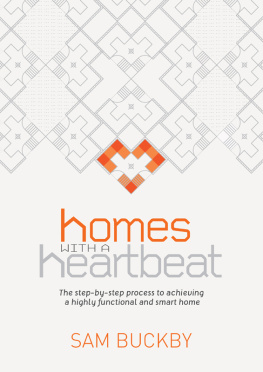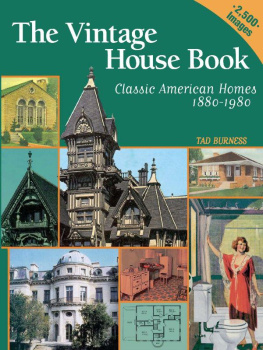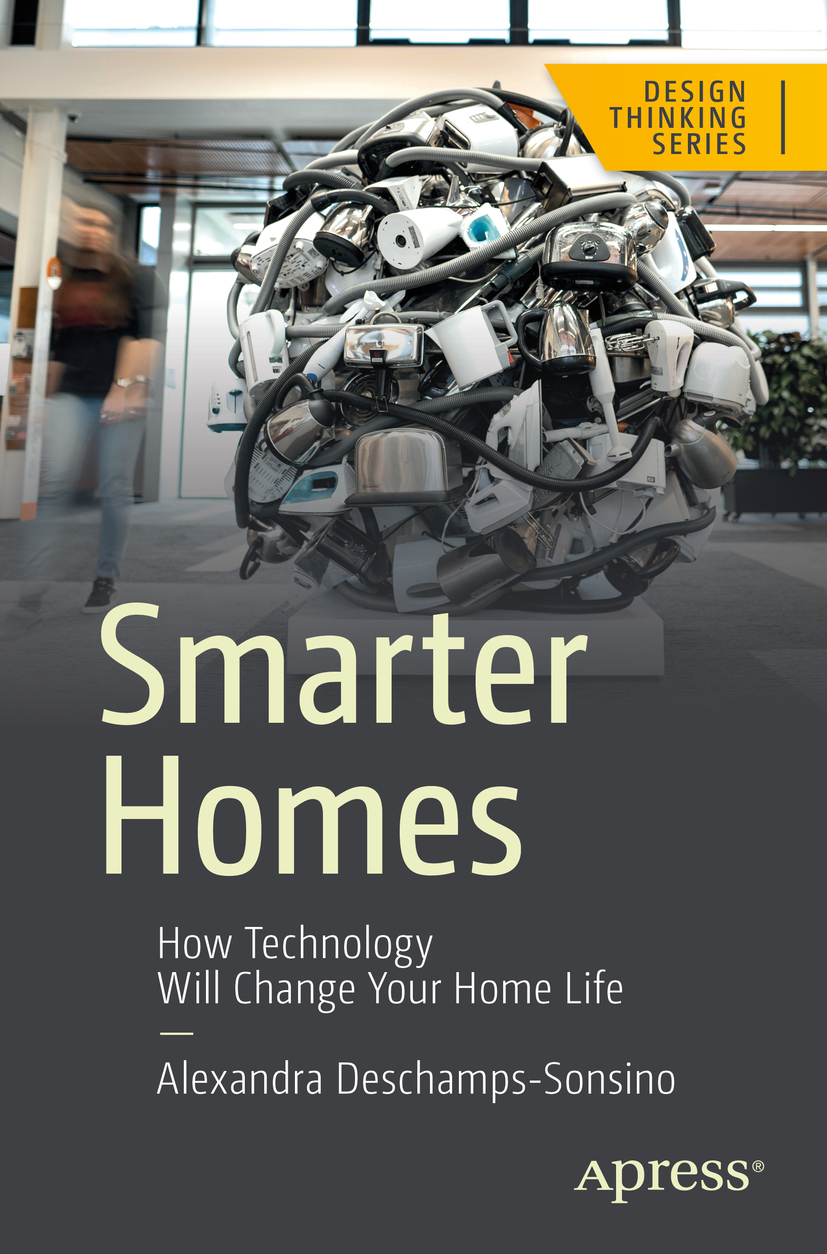Alexandra Deschamps-Sonsino - Smarter Homes: How Technology Will Change Your Home Life
Here you can read online Alexandra Deschamps-Sonsino - Smarter Homes: How Technology Will Change Your Home Life full text of the book (entire story) in english for free. Download pdf and epub, get meaning, cover and reviews about this ebook. year: 2018, publisher: Apress, genre: Home and family. Description of the work, (preface) as well as reviews are available. Best literature library LitArk.com created for fans of good reading and offers a wide selection of genres:
Romance novel
Science fiction
Adventure
Detective
Science
History
Home and family
Prose
Art
Politics
Computer
Non-fiction
Religion
Business
Children
Humor
Choose a favorite category and find really read worthwhile books. Enjoy immersion in the world of imagination, feel the emotions of the characters or learn something new for yourself, make an fascinating discovery.
- Book:Smarter Homes: How Technology Will Change Your Home Life
- Author:
- Publisher:Apress
- Genre:
- Year:2018
- Rating:4 / 5
- Favourites:Add to favourites
- Your mark:
Smarter Homes: How Technology Will Change Your Home Life: summary, description and annotation
We offer to read an annotation, description, summary or preface (depends on what the author of the book "Smarter Homes: How Technology Will Change Your Home Life" wrote himself). If you haven't found the necessary information about the book — write in the comments, we will try to find it.
Examine the history of smart homes, how technology shapes our lives, and ways you can think about the home when developing new products. This book presents the opportunities in the homespace that will come from understanding the history and multiple players that have contributed to the development of the home in general.
Youll start by breaking down the historical, societal and political context for the changes in focus of that smartness from affordability, efficiency, convenience to recently experimentation. The second half of the book then reviews what current developments tell us about what our homes will look like in the next 10 years through the lens of spaces, services, appliances and behaviours in our homes.
Over the past 100 years, the home has been a battleground for ideas of future living. Fueled by the electrification of cities, the move from the country to cities, post-war recovery and the development of the internet, the way we live at home (alone or with others) has changed beyond recognition.
Science fiction writing, the entertainment industry, art, and modern interior design and architecture movements have also contributed to defining our aspirations around a future and now more present and possible smart home.
Smarter Homes looks at the many new and innovative products that are being developed in the consumer and industrial spaces with a copy-paste mindset based on following larger businesses, such as Amazon, Google and Apple.
What Youll Learn
Understand the historical context for current smart home products
Review the social aspect of home product development
Discover new home technologies being developed and which ones are available now
- Track the industry behaviors being leveraged and how they may affect longer term market trends for consumer products
Who This Book Is For
Everyone working in product design and development, in R&D or in trends research, as well as those interested in the IoT for the home. This book will also give product business owners ideas about what has been done before and and avenues for future development.
Alexandra Deschamps-Sonsino: author's other books
Who wrote Smarter Homes: How Technology Will Change Your Home Life? Find out the surname, the name of the author of the book and a list of all author's works by series.











